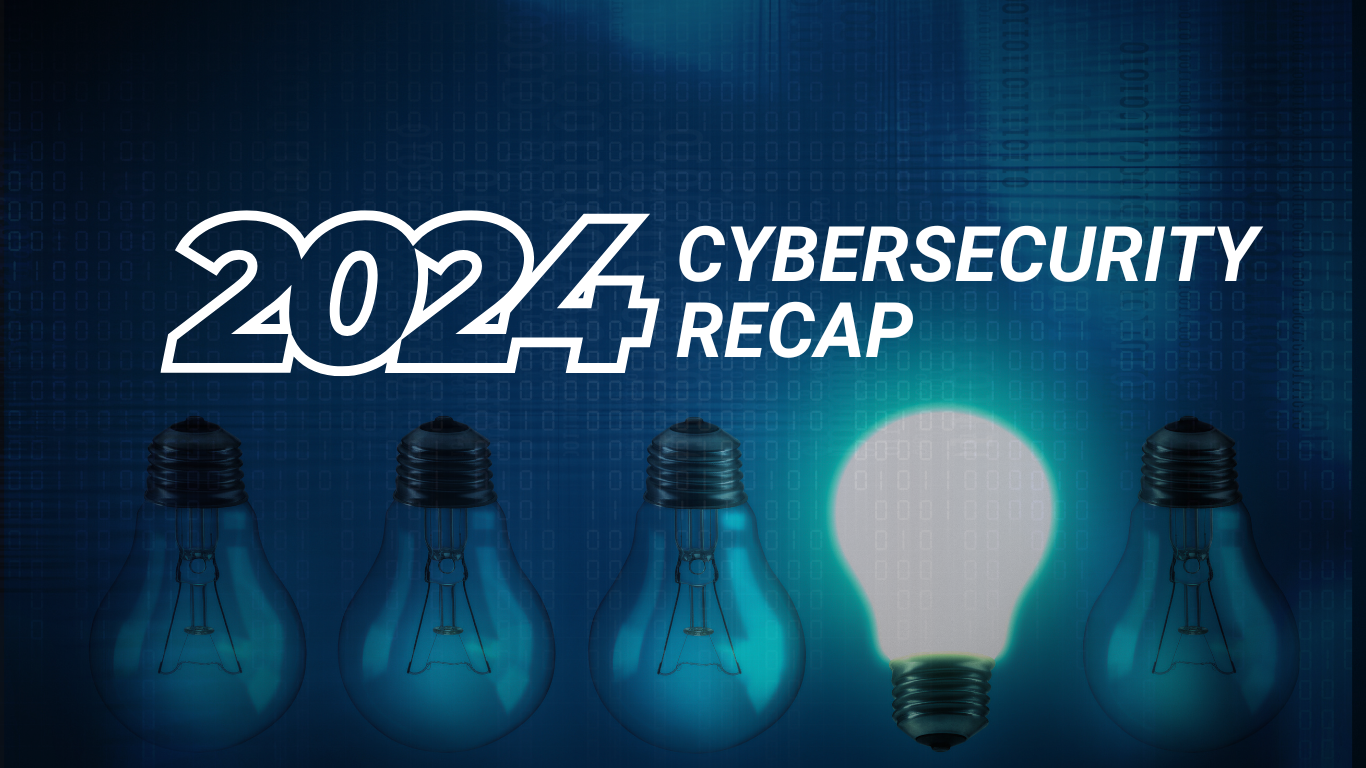The facts behind Zero Trust—myth or reality?
As Zero Trust gains momentum around the globe, misconceptions about the approach to cybersecurity have also spiraled around what it is and how to achieve a Zero Trust network architecture. Here we look at common Zero Trust myths to decipher misunderstanding from reality—but first let’s define Zero Trust.
What is Zero Trust?
The phrase “Zero Trust” was created by Forrester Research analyst John Kindervag, and is based on the principle of “never trust, always verify.” This thought-leading point of view was based on the idea that risk is an inherent factor both inside and outside the network. In short, it’s not a matter of if an attack will happen, but when.
Zero Trust, since it was first coined in 2010, is quickly becoming the baseline for enterprises that are shifting to a posture of least privilege while assuming everything to be hostile. Here are some factors to keep in mind on the journey to Zero Trust.
Myth 1: There’s no trust in Zero Trust
Reality: The goal of Zero Trust is to eliminate the concept of trust–never trust—to protect an organization’s most valuable assets. A Zero Trust network assumes that there are attackers within and outside of the network, therefore no users or machines are automatically trusted.
[57.1% of organizations have at least one insider threat a month – McAfee]
Myth 2: Deploying Zero Trust is expensive, complex, and time-consuming
Reality: Studies show that Zero Trust can reduce security costs by 31% (Adopt Next-Gen Access to Power Your Zero Trust Strategy,” Forrester Research, April 2018). While there is no single approach for implementing Zero Trust solution, technology is advancing rapidly, making it more practical to deploy than ever.
Myth 3: Zero Trust is a single solution
Myth: There’s no one-size-fits-all ‘Zero-Trust-in-a-box’ solution. Zero Trust is neither a product or platform. It’s a cybersecurity framework based around the ‘assume breach’ model and key principles: user/application authentication, device authentication, and trust.
Myth 4: A Zero Trust strategy needs to be built from the ground up
Myth: The Zero Trust journey can be taken step-by-step—it doesn’t require a full-scale replacement of your network security environment. Adopting an “MFA across the board” approach can bring tremendous, quick value, as a first step.
The first step toward a future without high-profile breaches is to change the mindset of your enterprise—to a Zero Trust approach. It’s essential to understand that bad actors will penetrate your network, and along with an ‘assume breach’ mindset, it’s critical to also shift from a stance of protection to one of detection—and to arm your enterprise with a single source of truth
NovaCommand—the new secret weapon in detecting threats and attacks across the entire network—integrates existing network traffic and endpoint security solutions to help improve the ability to understand and secure the entire IT landscape. NovaCommand helps businesses leverage existing security solutions to improve the detection of hidden threats with greater speed and precision.
Ready to learn more? Request a demo.






